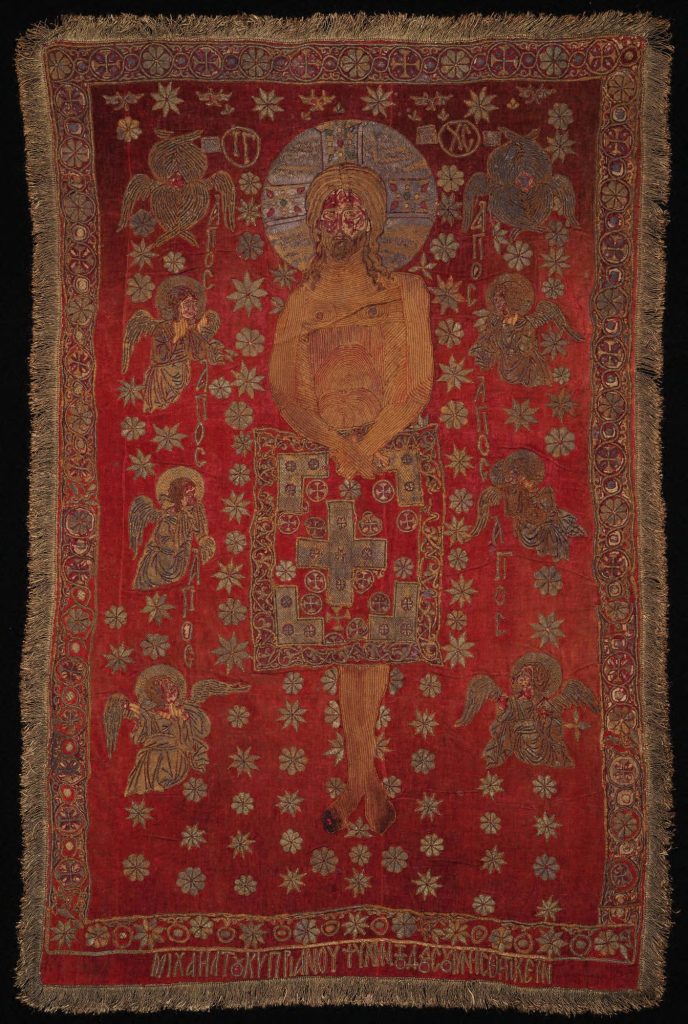

This post is the third in a series focusing on members of the Index staff. Today we introduce Henry D. Schilb.
What is your background and specialization?
Maybe I ought to have been a musicologist. Among other things that I almost got away with in my life, I once wrote, produced, and hosted a radio series about twentieth-century music. That was during the fifteen years that I worked as an announcer at a couple different public radio stations (among many other brutally low-paying jobs I’ve held down, often two or more at a time). In those heady days, I sneaked works by Ruth Crawford Seeger, Harry Partch, Iannis Xenakis, György Ligeti, Pierre Boulez, George Walker, and even James Tenney onto the airwaves, no mean feat at that time. Oh, how invigorating were the listener complaints! No composer younger than Brahms was safe from the acrid contempt of the average public radio listener, but I still especially cherish being told by one listener that I myself was what was wrong with the world—and this was in the early ’90s, so the listener who lodged that complaint had no idea what was coming!
Although I always fear that too many minds nestled between incurious ears remain impervious to the pleasures of new music, or simply unaware of them, let me hope that there are some—among those who have survived more than twenty percent of the twenty-first century with a spirit of adventure intact—who will forgive me for seizing this moment to direct their attention to the music of George Lewis, Chaya Czernowin, Unsuk Chin, Rebecca Saunders, and Olga Neuwirth. I could go on, but that’s a good start. You can thank me later.
But, for some reason, I’m an art historian now. I earned my PhD at Indiana University in 2009, and I specialize in late-Byzantine art, and embroidered liturgical textiles in particular. Yeah, I’m a real hoot at neighborhood parties.

What research projects are you working on currently?
Quite by mistake, I find myself the resident geographer at the Index of Medieval Art. Maybe I spend too many of my waking hours thinking about how to deal with location information in our database, but I rather like that part of my job. In my own research, however, I still focus on embroidered veils. Back in November, I presented a paper at the Index’s conference on “Fragments, Art, and Meaning in the Middle Ages.” I discussed, among other objects, a textile in the Princeton University Art Museum. I’m also optimistically planning a trip to Canterbury Cathedral to visit a post-Byzantine textile that has a very strange history indeed. Remind me to tell you about it sometime.
What do you like best about working at Princeton?
Even after ten years at Princeton, I still think it’s pretty cool to work at the same university where Roger Sessions taught for many years. (Yes, he’s another composer whose music I love.) Also, I like to go for a long run after work, down to the towpath, along the canal, and then back up through campus, through the majestic arches and under the leafy canopy. Like me, the campus is at its best in October.
What do you like best about being back on campus in person?
Although I thrived while working from home during the pandemic, and my productivity really went through the roof, I suppose that the return to campus back in September was inevitable. As for what I like best about The Return, I’ll simply refer you to my comments above regarding running through campus. I have to say, however, that the experience now can be rather spoiled by all the construction…and those danged scooters.
What travel experience played a role in your becoming an art historian?
My honest answer to this question is boring. It’s also probably cheating. It was not a literal journey, you see, but a slide show in the first art history course that I took in college in 1984. So, the first time I looked closely at a picture of Hagia Sophia in Istanbul—that’s what’s really to blame for my being at the Index of Medieval Art today.
But I’ve been traveling all my life. I said my first word at Expo 67 in Montreal. Well, two words, technically, I guess. What I said was “egg roll.” And I meant it.
Of course, destiny-shaping travel needn’t take you any great distance. When I was a kid in Lockport, Illinois in the ’70s, every trip to the Field Museum in Chicago felt like a profoundly life-altering experience. I still keep a pair of Mold-A-Rama dinosaurs in my office at the Index.
Mold-A-Rama? Google it.
When I lived in England in the late ’80s, I used to love to take a drive to Little Gidding, just to hang out, wander around, listen to the wind, ponder the landscape, and to think about poetry, music, history, and…just to think. I was always surprised that I never encountered another visitor there. Every trip to Little Gidding was very different from the Bloomsday I spent in Dublin, which must have been in ’89. You couldn’t sneeze without jostling some other tweedy nerd trying to wash down a gorgonzola sandwich with a glass of burgundy.
On research trips, I still always try to do something just for fun, something that has nothing to do with my research—even nothing to do with art history—but everything to do with who I am, so one of my favorite travel experiences was a visit in 2005 to Sighișoara, Romania, the birthplace of Vlad the Impaler. Good times!
Coffee or tea?
Yes, please.